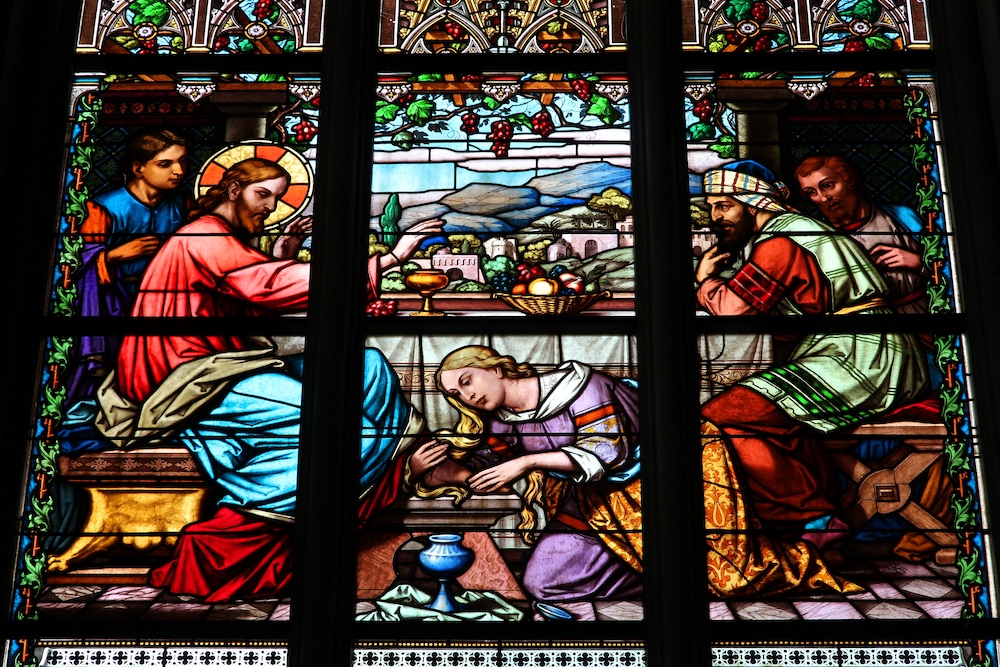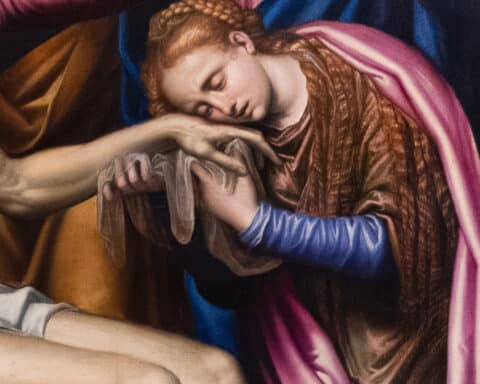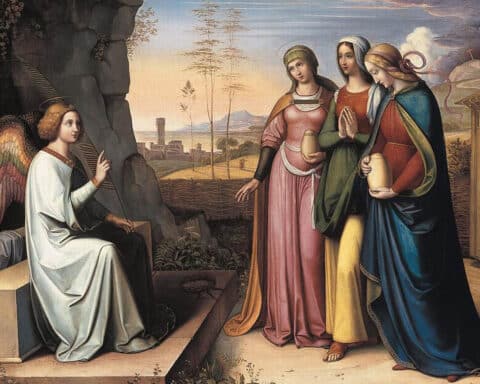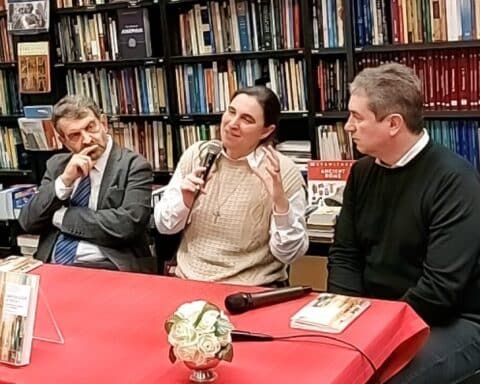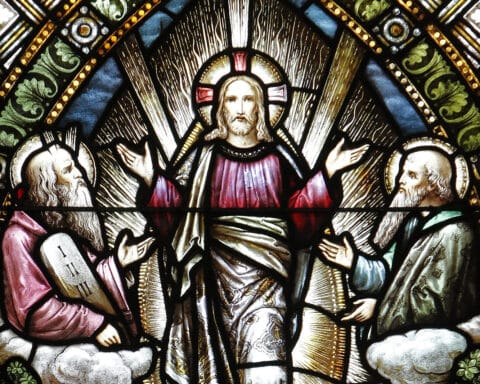Question: Regarding the woman that washed Jesus’ feet with her tears, John 11 tells us it was Mary who was Lazarus’ sister. Other times I hear the woman that did the washing was Mary Magdalene. Is Mary Magdalene Lazarus’ sister? Please clarify.
— Paul VanHoudt, Erie, Colorado
Answer: Your question raises a number of issues that are difficult to fully resolve since the Gospels present the anointing of Jesus in at least four accounts varying in both the details and the time frames. In fact, the act of anointing Jesus may have happened more than once. Luke presents this story (or a similar one) much earlier in his Gospel (Chapter 7) and notes that Simon the Pharisee took exception to the woman anointing Christ’s feet. However, Mark 14 and Matthew 26 place the incident on Wednesday of Holy Week at the house of Simon the Leper, and they report that it is the apostles in general who took offense at the anointing, which, in that case, was upon Jesus’ head, not his feet. John’s Gospel places this event six days before Passover at the home of Martha, Mary and Lazarus. In John’s account, he names the woman as “Mary,” the sister of Martha and Lazarus, who anoints the Lord (his feet, not his head), and Judas alone takes offense in his account. Given the complexities of these accounts, it is easiest to assume that an event like this took place on at least two occasions, that the woman (or women) must have been of some means to afford such costly oil, and that one anointing was on the feet of Jesus and the other was upon his head.
An additional question arises from antiquity to which you refer. While John clearly identifies her as Mary of Bethany (and the sister of Martha and Lazarus), is it also possible that Mary Magdalene and Mary of Bethany were the same woman? While it is true that these are very different cities, one is in Galilee and the other near Jerusalem, some of the early Fathers of the Church saw them as the same woman, while others did not. In 591, Pope Gregory the Great wrote that Luke’s “sinful woman,” also known as Mary of Bethany, and Mary Magdalene were one and the same (see Sermon 33.1). Given the authority of Pope Gregory’s claim, the Catholic Church long held that Mary Magdalene and Mary of Bethany (sister of Martha and Lazarus) were one and the same person. This identification was reflected in the Roman Missal wherein the feast of Mary Magdalene (July 22) included a prayer clearly referring to Mary of Bethany. This changed, however, in 1969 when Mary of Bethany was celebrated together with Martha and Lazarus on July 29. And this reflects current Catholic presumption that they are two different women. The Eastern Orthodox Churches have always held that these were different women. Today, the vast majority of Christians hold to this shared assumption.
So, as you can see, your question presents quite a moving target. There are still many today who prefer the older Catholic view that the two Marys were the same person. They especially note connections to Easter Morning that occur in John’s Gospel. For example when Mary of Bethany was criticized for her actions, Jesus defended her by saying, “Let her be — that she may keep it for the day of my burial” (Jn 12:7). But later, John focuses on Mary Magdalene who goes to the tomb that morning to complete the burial anointing. Further, if both Marys are the same, she anointed Jesus’ feet in (Lk 7:46 and Jn 12:3) and his head in (Mt 26:7 and Mk 14:3). And, in St. John’s Gospel, it is specified that the angels Mary Magdalene saw were “sitting, one at the head and one at the feet, where the body of Jesus had been laid” (Jn 20:12). There are other arguments that can be advanced, but for now, the wide consensus is that the Holy Week anointing of Jesus’ head was conducted by Mary of Bethany, a woman distinct from Mary of Magdala. As for the anointing of Jesus’ feet in Luke 7, the identity of the woman is less clear; it could have been either Mary or a third woman altogether. Our Lord, though scorned and derided by many, also experienced great love from the ranks of these great women and others, too.
Msgr. Charles Pope is the pastor of Holy Comforter-St. Cyprian in Washington, D.C., and writes for the Archdiocese of Washington, D.C., at blog.adw.org. Send questions to msgrpope@osv.com.

